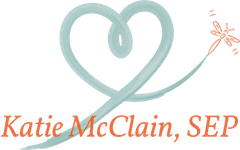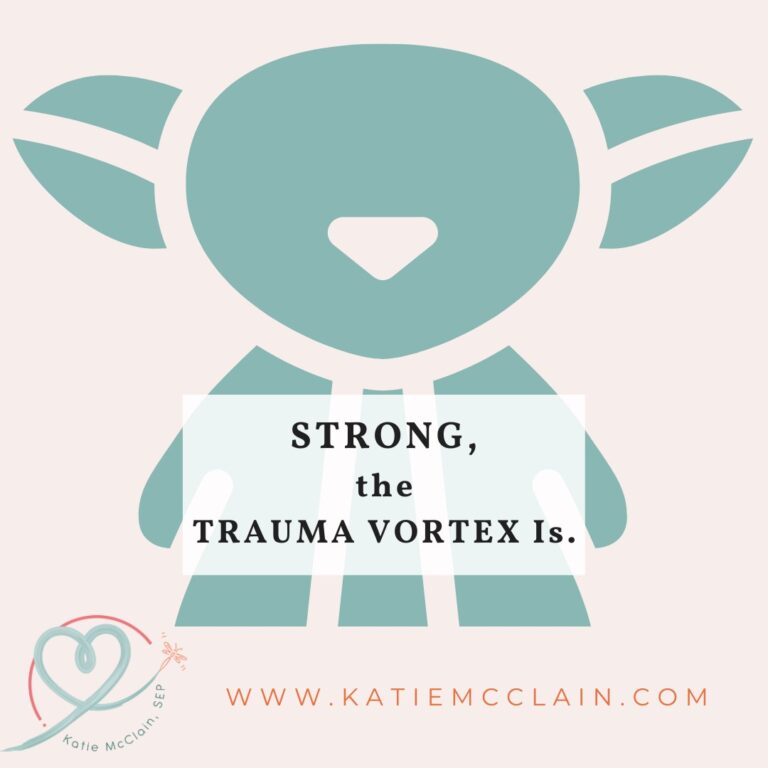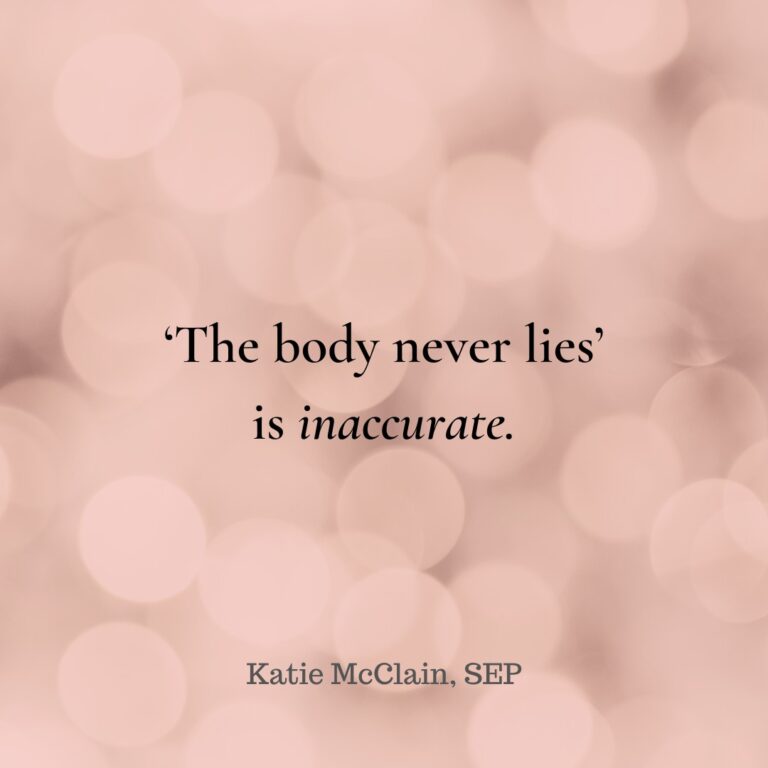Recognizing the Milestones of Healing

Healing from trauma is an individual process, one that involves gradual steps toward reclaiming your physical and emotional well-being. Recognizing the milestones of the healing journey can be as significant as the journey itself. I often share signs and milestones of healing with my clients to provide encouragement and to help them reflect on the hard work done as part of their healing.
Let’s explore. This is only a partial list of milestones and changes you may be experiencing. Look for more posts on the topic in the future.

Recognizing the Milestones of Healing: From Physical Symptoms to Emotional Resilience
As you begin your journey of healing, especially from traumatic experiences, recognizing your progress can be incredibly empowering. These signs not only signify the effectiveness of the healing process used, such as Somatic Experiencing®, mindfulness practices, and other types of trauma-informed care, but also serve to provide encouragement on the path to regulation, increased nervous system capacity, and healing.
These are various indicators that suggest healing is taking place, with a particular focus on improvements in physical symptoms and enhancements in emotional and psychological strength.
Use this list to compare with your own journey and note the improvements and growth you have experienced. You may find that your therapist, loved ones, or others close to you are pointing out some of the changes in you that they notice. Include their observations as you read through the list.
Physical Symptoms Become More Manageable
One of the most tangible signs of healing is the improvement of physical symptoms that were once overwhelming. This can manifest in several ways:
- Reduced Hypersensitivity: Initially, individuals recovering from trauma might find themselves extremely sensitive to sensory inputs like light and noise. A clear sign of healing is when these sensitivities begin to diminish, allowing for more comfortable interactions with the environment.
- Deeper, More Restful Sleep: Trauma can significantly disrupt sleep patterns, leading to insomnia or restless nights. Healing can be seen when sleep becomes deeper and more refreshing. Deep and restorative sleep supports overall health.
- Reduction in Physical Pain: Many who’ve experienced trauma hold tension in their bodies, which can lead to chronic pain. As healing progresses, there might be a noticeable reduction in pain levels, less tension in the body, and a decrease in habits like clenching or bracing.
- Improved Handling of Triggers: While triggers may not disappear completely, a sign of healing is the decreased intensity of these triggers. Another sign may be that triggers are noticed by the individual, but reactivity to the trigger lessens.
Emotional Resilience Grows
As physical symptoms begin to stabilize, emotional and psychological resilience often strengthens.
- Tolerating Traumatic Memories: Memories of traumatic events can be overwhelming. Healing is evident when these memories and the accompanying emotions become more tolerable. Individuals may find themselves able to recall memories without being swamped by intense emotions.
- Staying Present: Another sign of healing is the ability to remain present during discussions or thoughts about past trauma without dissociating or becoming overly distressed and reactive, and/or flooded with difficult emotions or sensations.
- Reassociating Fragmented Memories: Healing involves making new, healthier associations with memories and events that were once triggering. Distressed parts of the self are re-connected and the associated memories are integrated into the body-mind. We become less triggered and distressed.
- Increased Confidence and Empowerment: Overcoming feelings of self-blame and recognizing that the trauma was not our fault is a powerful step in the healing process.
- Greater Self-Compassion and Kindness: As individuals heal, they often develop a more compassionate and caring relationship with themselves. Recognizing and nurturing the parts of the self that were hurt by past traumas fosters greater internal support and self-kindness.

Healing is not a linear process and is a different path for each individual. However, recognizing these signs of healing can be a source of motivation and reassurance. By acknowledging each step forward, individuals can celebrate their resilience and continue moving towards a healthier, more fulfilling life.
As you or your loved ones navigate the healing process, remember that each small sign of progress is a testament to the strength and courage within. Keep moving forward, and know that each step is a building block to greater emotional and physical capacity. Your resilience is growing even when progress feels slow.
I hope this blog has illuminated some of the milestones of healing to look for on your journey. If you found this helpful or have personal experiences to share, feel free to comment via my website or on one of my social media channels. Your insights could be the beacon of hope for someone else on their path to recovery.
If you’d like more info on signs of healing, check out this detailed video that I referenced for this post: https://www.youtube.com/live/QC-6PKvgTqQ?si=e-lzCBbhrZFN2fxo
Gain other tips and info from my blog posts!

Worried, fearful, on edge? Soothe Yourself Somatically
This is Annie. She’s been worried an awful lot lately. When she’s worried, her hands go to her face and that supports her in feeling…
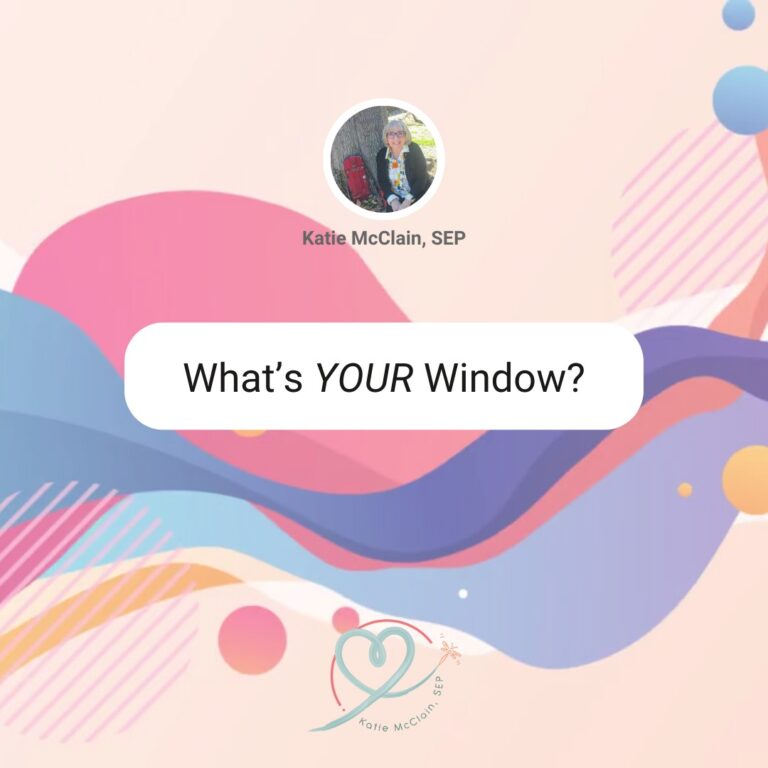
What’s Your Window?
Huh, my “Window”? 🤔 The Window of Tolerance (WoT) also called Window of Resilience is a concept of individual capacity for navigating daily life. Our…

Body Scan
Hey there, it’s Katie McClain, SEP, here, and I’m thrilled to guide you through a helpful somatic practice: the Body Scan. Why the Body Scan…
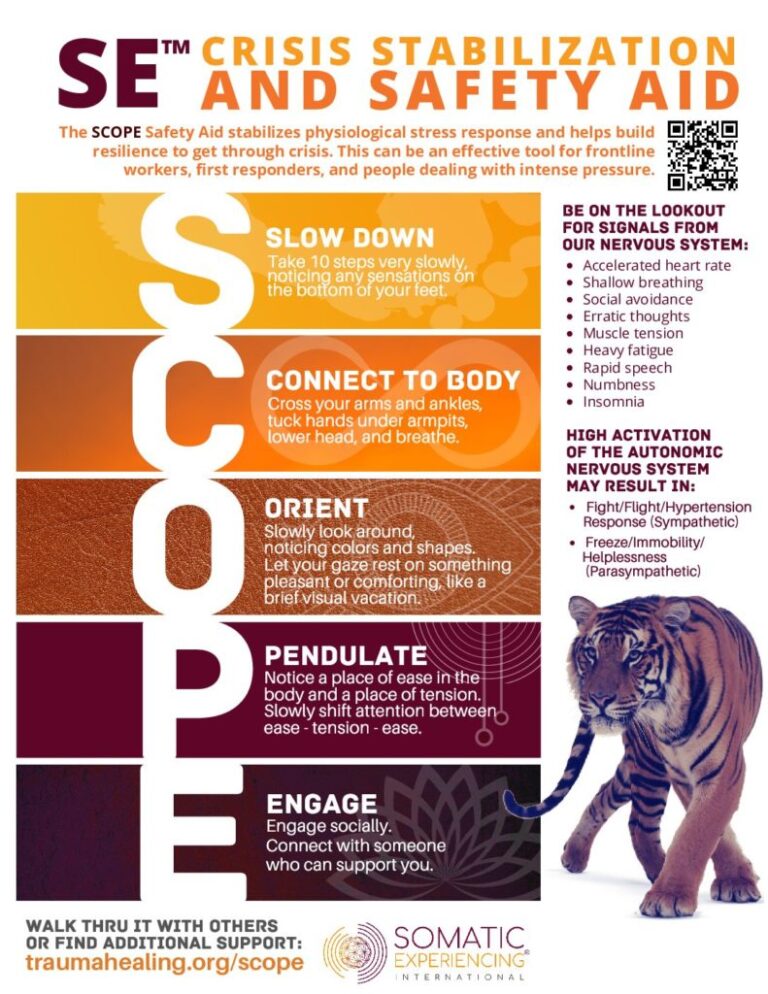
Somatic First Aid
A few years ago, I fell and hit my head. As an SEP, I understood what to do to help myself recover from the trauma….

Kind Touch Characters
🌟 Meet Annie. In this pic she’s cradling her face with her hands. 🌟 As a child, I found solace in holding my face in…

How To Get Out Of Your Head
Did you know that your brain unconsciously makes meaning of what your body is sensing/feeling? Often the brain will ‘make up’ unhelpful stories and painful…
